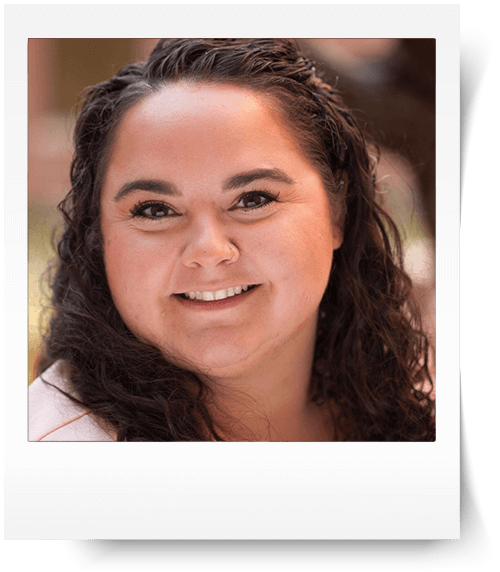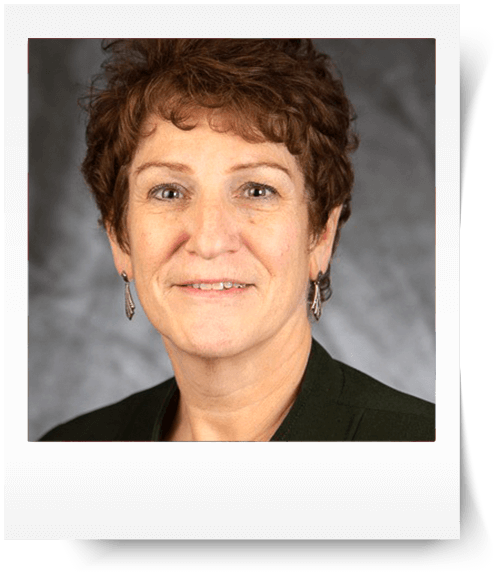Nurses make up the backbone of the healthcare industry, accounting for more than 1 out of every 5 healthcare workers. As such, they're typically among the first to experience hurdles to effective care delivery. Understanding the challenges facing nurses and working to identify solutions can lead to improvements across healthcare organizations.
We sat down with three nurse leaders — Shannon Wolf, nursing professional development specialist at the Center for Life Support; Samantha Dandrea, RQI and ACLS program coordinator for learning and development at the University of Rochester Medical Center; and Elizabeth Procaccio, nursing director for the Crozer Keystone Health System — to hear their insights on nurses' challenges and how to solve them.

Shannon Wolf, MSN, RN, CPEN, NREMT. Nursing Professional Development Specialist, Center for Life Support

Samantha Dandrea, MS, RN. RQI and ACLS Program Coordinator, Learning and Development, University of Rochester Medical Center.

Elizabeth "Peaches" Procaccio, MSN, RN. Nursing Director, Crozer Keystone Health System
What primary challenges do nurses face daily? Are these specific to your institution or experienced nationwide?
Procaccio: “The nursing shortage has impacted all levels of care. Post-COVID, there's been a mass exodus of clinicians, especially from acute care. This is a national problem.”
Dandrea: “We face many issues related to staffing. Because of this, nurses are stretched to and beyond their limits to ensure patients are safe, yet they don't have the time to complete educational requirements or attend in-service.”
Wolf: “A recurring challenge is delivering education that remains pertinent to the clinical setting, engaging for learners and impactful to clinicians for day-to-day operations. This challenge is widespread across the nation and spans both adult and pediatric healthcare sectors.”
How long have nurses dealt with these issues?
Procaccio: “It seems like on and off for as long as I have been in the workforce, but it's definitely more pronounced with the advent of COVID.”
Dandrea: “Staffing challenges have been occurring for years at our organization. However, during the pandemic, these challenges became increasingly prevalent. Many individuals looked outside the organization toward travel nursing to obtain higher compensation.”
Wolf: “Challenges with providing the right education at the right time to the right clinician have been long prevalent. The healthcare environment is dynamic in nature, and as such we do not expect this challenge to be eliminated.”
What are the root causes behind these problems?
Procaccio: “There are many — lack of educational institutions, faculty and space in nursing programs to educate new nurses and experienced nurses leaving the bedside.”
Dandrea: “I believe some of the root causes behind these challenges are fair pay compensation and the inability to practice self-care.”
How do these challenges impact your daily responsibilities?
Procaccio: “It is difficult to bring new-to-practice clinicians on board without experienced staff to precept, orient and mentor them. We have done a gap analysis to identify the needs of a new-to-practice nurse who perhaps didn't receive the 'full experience' secondary to COVID restrictions and provide this education and training as part of their orientation to guarantee a safe transition.”
Dandrea: “The staffing challenges have impacted everyone's daily responsibilities, whether they're staff, leadership or patients. With staffing numbers stretched so thin, nurses were recovering more patients than previously. Management is more involved in direct patient care than in the past. Unfortunately, we're seeing a decrease in compliance for a variety of educational requirements, like Resuscitation Quality Improvement.”
What steps have you taken to try to mitigate the challenges facing nurses?
Procaccio: “We are very active in recruitment. We partner with area schools to provide clinical experience to students. We also offer nurse residency programs to assist in the transition to acute care practice.”
Dandrea: “We screen all travelers to ensure they have had similar clinical experience in previous positions. Through this process, we've improved our ability to identify individuals who are most likely to succeed in our environment. Additionally, the organization conducts market wage analyses every six months and adjusts pay to remain competitive to improve both recruitment and retention.”
Wolf: “For us, standardizing the intake, assessment and monitoring of education was important. This prioritizes identifying outcomes for education and guiding high-quality education development. Additionally, recognition that the right type of education is developed to meet the learner's needs. We look at several metrics when considering education needs, including patient data trends, safety events, near misses, high-risk-low-volume events or skills, and more.”
How can these challenges be avoided in the future?
Procaccio: “We need affordability for education, better pay for academic educators and more seats in nursing programs.”
Dandrea: “Considering ratios and reinforcing safety measures are critical first steps. There is continual effort taking place to ensure safe staffing is occurring through ongoing recruitment efforts for both permanent staff and travelers. This is evidence that no matter what, the organization is committed to safe staffing levels, patient safety and employee well-being.”
Wolf: “A critical initiative involves enhancing access to education for clinical staff during their working hours. While education is often essential or recommended to elevate the quality of clinical care, staff is frequently expected to pursue this outside of their designated work hours. Consequently, many choose to forego additional education to maintain a healthy work-life balance. Healthcare organizations and policymakers can facilitate this change by acknowledging that training is an integral component of an individual's professional role. By allocating dedicated time, resources and support, organizations can enable staff to engage effectively in education pertinent to their clinical responsibilities.”
Finding Solutions for the Challenges Facing Nurses
With staffing and educational requirements among the top issues nurses regularly face, it's up to healthcare leaders and administrators to work with their staff to review challenges regularly, identify solutions and work with providers to implement those solutions. While these challenges occur nationwide, real change can begin at the local level through individual consideration and organizational collaboration. Taking time to recognize the hard work of nurses while addressing these challenges can lead to improved outcomes — from nursing education to recruitment and retention.









